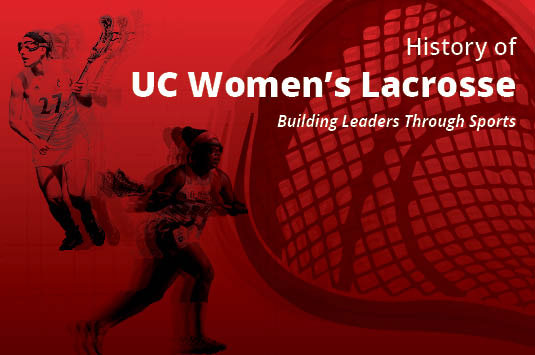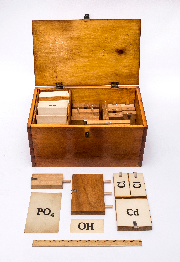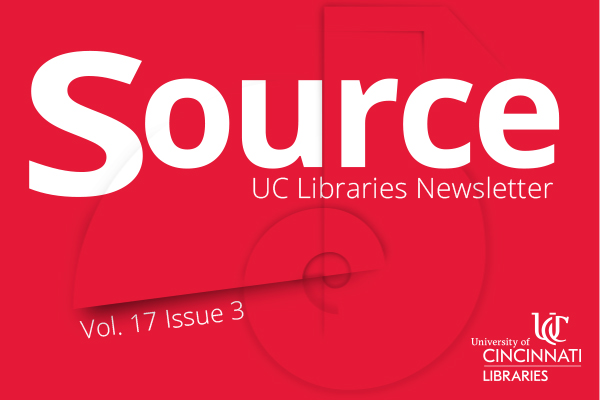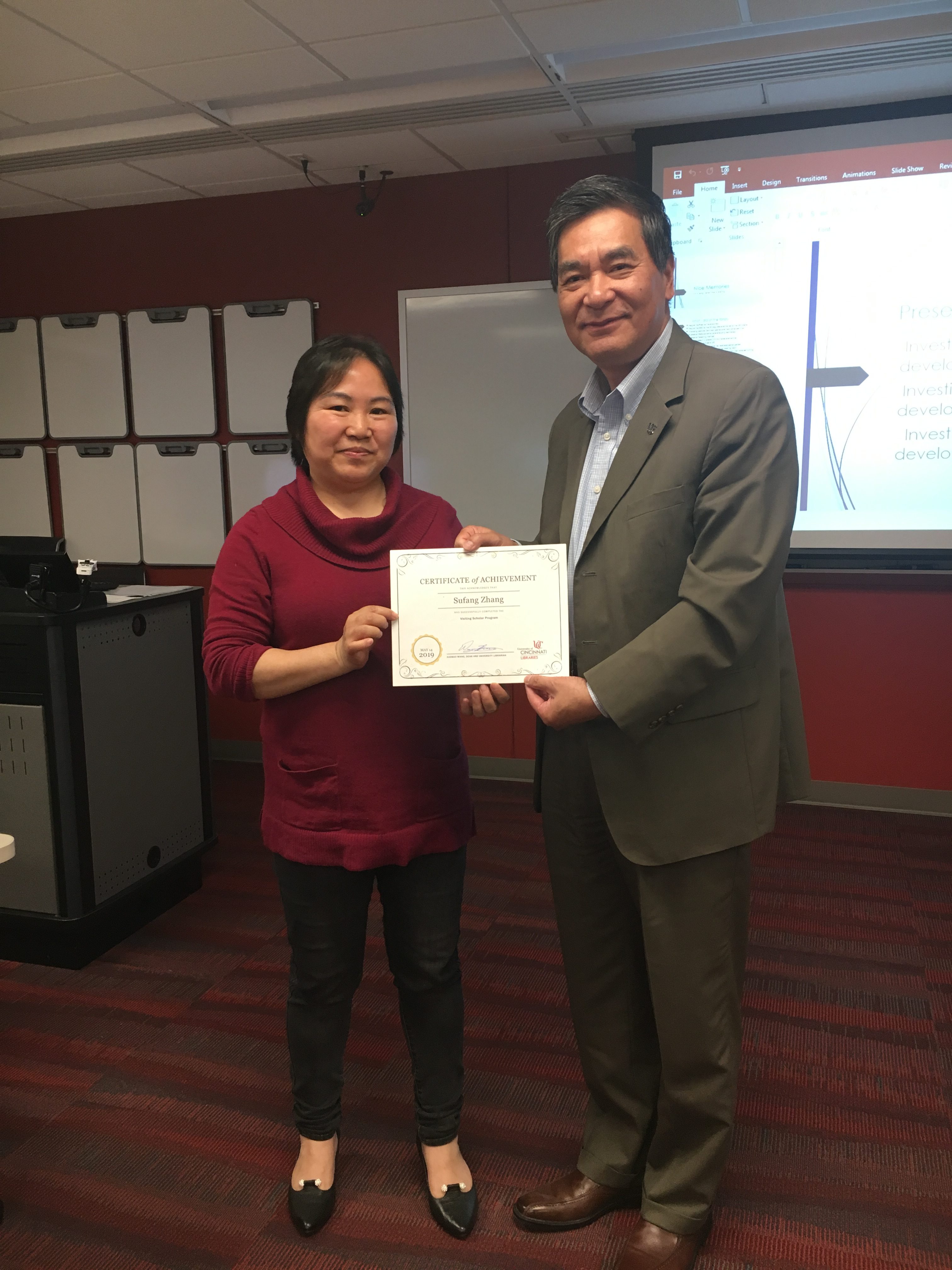 In 2007, the University of Cincinnati’s women’s lacrosse team, coached by Lellie Swords, played its first game. While they lost that game, in the 12 years since they have had many notables to celebrate including a player named All American and current coach Gina Thomas playing for Team USA. in 2018 they joined the American Athletic Conference (AAC), and in 2019 won AAC Freshman and Coaching Staff of the Year honors.
In 2007, the University of Cincinnati’s women’s lacrosse team, coached by Lellie Swords, played its first game. While they lost that game, in the 12 years since they have had many notables to celebrate including a player named All American and current coach Gina Thomas playing for Team USA. in 2018 they joined the American Athletic Conference (AAC), and in 2019 won AAC Freshman and Coaching Staff of the Year honors.
A new exhibit on display on the 5th floor lobby of the Walter C. Langsam Library celebrates the accomplishments and athletes of UC’s women’s lacrosse. Profiles of former players Jessica Kazaks, Michelle Platz, Kelsey Conway, Jen Mott, Meagan Gulmi and Coach Thomas speak on the impact lacrosse has had on their lives – both on and off the field. Books from the collections of UC Libraries highlight lacrosse as well as women in sports and leadership. A bibliography is available at the exhibit and online.
The exhibit was curated by Amy Koshoffer, lacrosse fan and science informationist in the Geology-Mathematics- Physics Library, and was designed by Michelle Matevia, UC Libraries communications department co-op design student.


 UC Libraries will be closed Thursday, July 4 for Independence Day. This includes the Walter C. Langsam Library’s 4th floor, which will close Wednesday, July 3 at 11pm and reopen Friday, July 5 at 8am. Normal
UC Libraries will be closed Thursday, July 4 for Independence Day. This includes the Walter C. Langsam Library’s 4th floor, which will close Wednesday, July 3 at 11pm and reopen Friday, July 5 at 8am. Normal  Melissa Cox Norris, director of library communication, was elected to the board of the Academic Library Association of Ohio (ALAO) as public relations coordinator. Fellow incoming board members are:
Melissa Cox Norris, director of library communication, was elected to the board of the Academic Library Association of Ohio (ALAO) as public relations coordinator. Fellow incoming board members are: The UCBA Library will be closed on Thursday, July 4th for Independence Day. We will resume regular summer semester hours on Friday, July 5th at 8 am. Please visit our
The UCBA Library will be closed on Thursday, July 4th for Independence Day. We will resume regular summer semester hours on Friday, July 5th at 8 am. Please visit our  Read Source, the online newsletter, to learn more about the news, events, people and happenings in UC Libraries.
Read Source, the online newsletter, to learn more about the news, events, people and happenings in UC Libraries. In 2007, the University of Cincinnati’s women’s lacrosse team, coached by Lellie Swords, played its first game. While they lost that game, in the 12 years since they have had many notables to celebrate including a player named All American and current coach Gina Thomas playing for Team USA. in 2018 they joined the American Athletic Conference (AAC), and in 2019 won AAC Freshman and Coaching Staff of the Year honors.
In 2007, the University of Cincinnati’s women’s lacrosse team, coached by Lellie Swords, played its first game. While they lost that game, in the 12 years since they have had many notables to celebrate including a player named All American and current coach Gina Thomas playing for Team USA. in 2018 they joined the American Athletic Conference (AAC), and in 2019 won AAC Freshman and Coaching Staff of the Year honors.
